Rising Demand for Luxury Vehicles
The Automotive Leather Upholstery Market is experiencing a notable surge in demand for luxury vehicles. As consumer preferences shift towards premium offerings, manufacturers are increasingly incorporating high-quality leather upholstery to enhance the aesthetic appeal and comfort of their vehicles. This trend is supported by data indicating that the luxury vehicle segment is projected to grow at a compound annual growth rate (CAGR) of approximately 5% over the next few years. Consequently, the integration of leather upholstery is becoming a standard feature in high-end models, thereby driving the overall market growth. The emphasis on luxury and comfort is likely to continue influencing consumer purchasing decisions, further solidifying the role of leather upholstery in the automotive sector.
Growing Awareness of Sustainable Materials
The Automotive Leather Upholstery Market is witnessing a shift towards sustainable materials as consumers become more environmentally conscious. The demand for eco-friendly leather alternatives, such as plant-based or recycled materials, is on the rise. This trend is supported by data indicating that the sustainable automotive materials market is projected to grow at a CAGR of approximately 6% in the coming years. Automakers are increasingly adopting sustainable practices in their production processes, which includes sourcing leather from responsible suppliers. This shift not only addresses consumer concerns regarding environmental impact but also enhances brand reputation. As sustainability becomes a key consideration in purchasing decisions, the automotive leather upholstery market is likely to adapt to these changing preferences, driving innovation and growth in the sector.
Increased Focus on Vehicle Interior Aesthetics
The Automotive Leather Upholstery Market is significantly influenced by the growing emphasis on vehicle interior aesthetics. Consumers are increasingly prioritizing the visual appeal and tactile experience of their vehicle interiors, leading to a heightened demand for premium materials such as leather. This trend is reflected in market data, which suggests that the interior design segment of the automotive industry is expected to witness a growth rate of around 4% annually. As automakers strive to differentiate their products in a competitive landscape, the use of high-quality leather upholstery is becoming a key selling point. This focus on aesthetics not only enhances the overall driving experience but also contributes to the perceived value of the vehicle, thereby propelling the demand for leather upholstery.
Technological Advancements in Upholstery Production
The Automotive Leather Upholstery Market is benefiting from technological advancements in upholstery production processes. Innovations such as automated cutting, stitching, and finishing techniques are enhancing the efficiency and quality of leather upholstery manufacturing. These advancements are likely to reduce production costs and improve the consistency of leather products, making them more accessible to a broader range of consumers. Market analysis indicates that the adoption of advanced manufacturing technologies could lead to a reduction in production time by up to 20%. As a result, automakers are increasingly able to offer customized leather upholstery options, catering to diverse consumer preferences and driving market growth. The integration of technology in production processes is expected to play a crucial role in shaping the future of the automotive leather upholstery market.
Expansion of Automotive Production in Emerging Markets
The Automotive Leather Upholstery Market is poised for growth due to the expansion of automotive production in emerging markets. Countries in Asia and South America are experiencing a rise in vehicle manufacturing, driven by increasing disposable incomes and urbanization. Market data suggests that the automotive industry in these regions is expected to grow at a CAGR of around 7% over the next five years. This expansion is leading to a higher demand for leather upholstery as manufacturers seek to enhance the quality and appeal of their vehicles. As more consumers in these markets aspire to own vehicles, the demand for premium materials, including leather upholstery, is likely to increase. Consequently, this trend presents significant opportunities for growth within the automotive leather upholstery market.


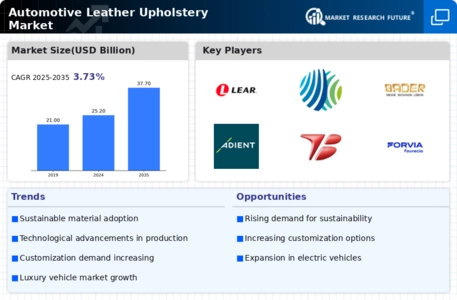
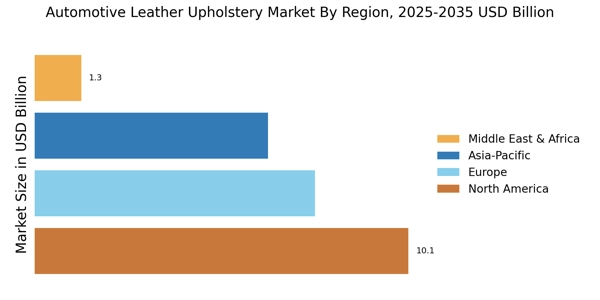
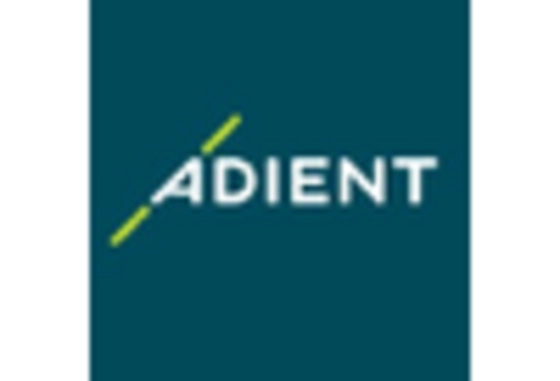

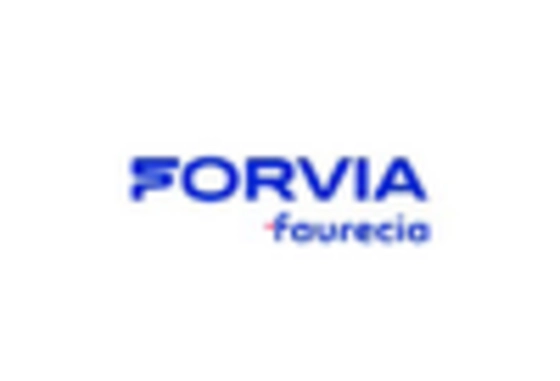
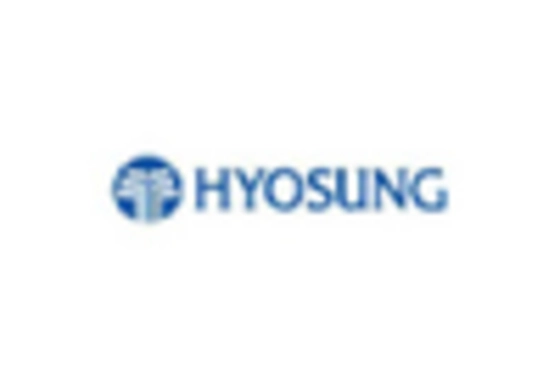
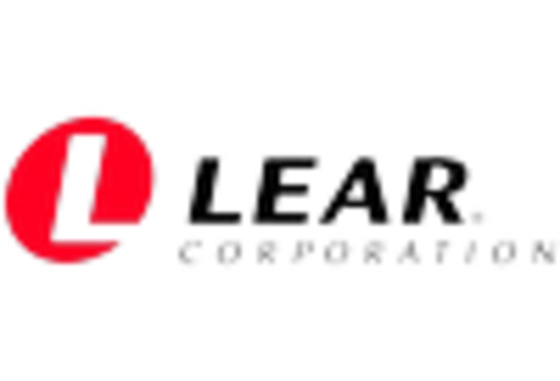
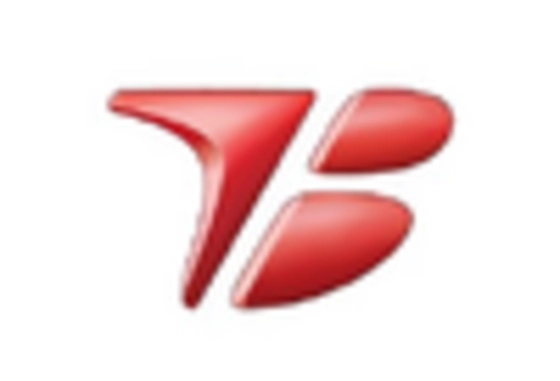








Leave a Comment